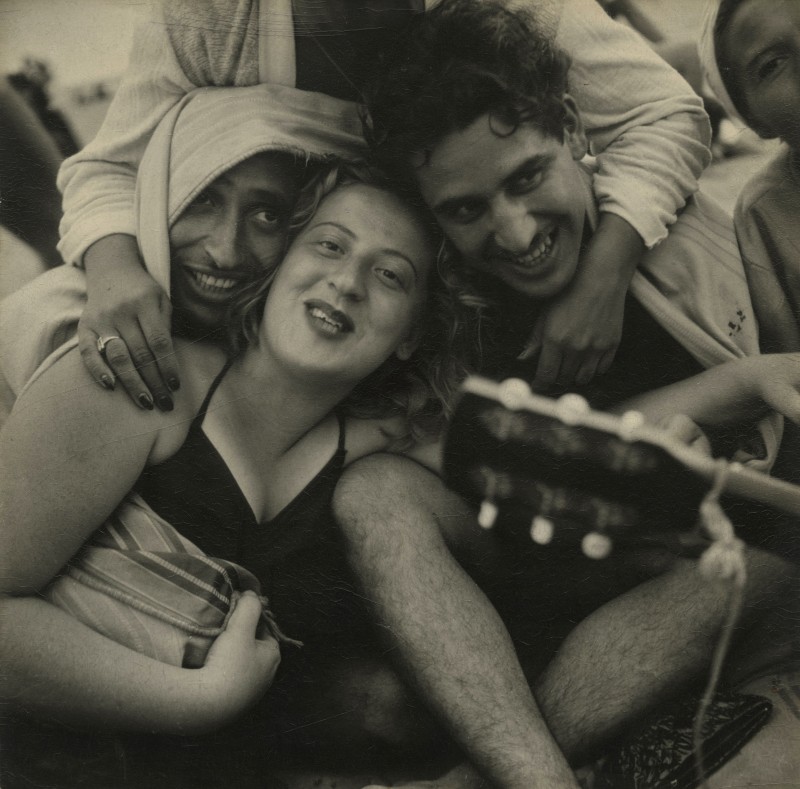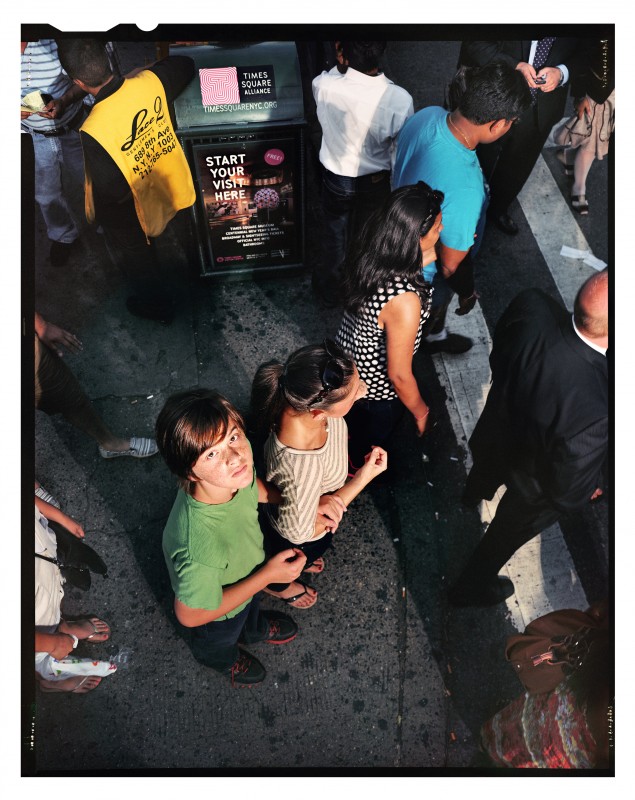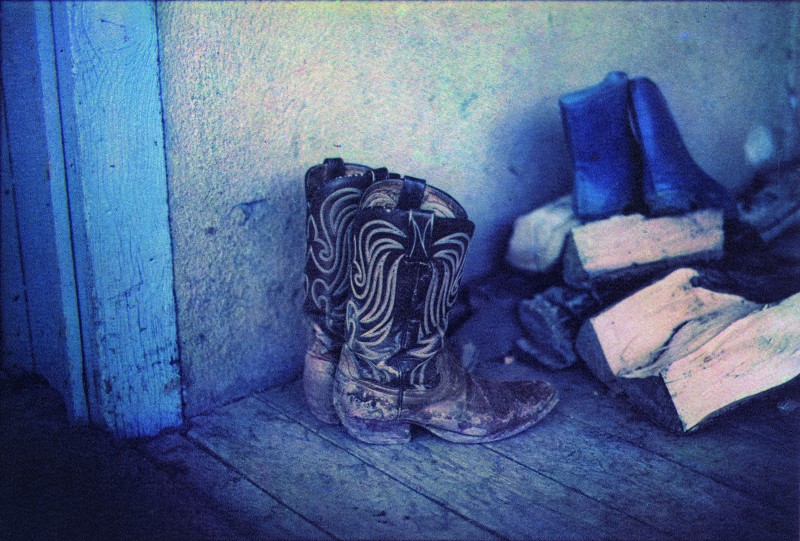Edition 2016
Eamonn Doyle
END.
By what means the illusion of movement in space and, it almost seemed, in time was given, Watt could not say. But it was given. Watt wondered how long it would be before the point and the circle entered together upon the same plane. [...] And he wondered what the artist had intended to represent (Watt knew nothing about painting), perhaps a circle and its centre in search of each other.’
Samuel Beckett, Watt
‘The pictures show only fragments of possible narratives, but for me, every life has weight and drama, even if its meaning is ultimately elusive.’
Eamonn Doyle
End. seeks out the driving forces of both photographer and subject in an exhibition that brings together three bodies of work—i, ON, and End.—exploring the local streets of Doyle’s native Dublin. Though apparently the concluding work of a trilogy, End. actively opens up the heart of the whole.
i presents unknowable street gures enveloped entirely in the interior landscape of their location, poised in silent choreography. ON’s black & white giants convulse across their own image, bracing the hard Dublin light.
By what means the illusion of movement in space and, it almost seemed, in time was given, Watt could not say. But it was given. Watt wondered how long it would be before the point and the circle entered together upon the same plane. [...] And he wondered what the artist had intended to represent (Watt knew nothing about painting), perhaps a circle and its centre in search of each other.’Samuel Beckett, Watt
‘The pictures show only fragments of possible narratives, but for me, every life has weight and drama, even if its meaning is ultimately elusive.’
Eamonn Doyle
End. seeks out the driving forces of both photographer and subject in an exhibition that brings together three bodies of work—i, ON, and End.—exploring the local streets of Doyle’s native Dublin. Though apparently the concluding work of a trilogy, End. actively opens up the heart of the whole.
i presents unknowable street figures enveloped entirely in the interior landscape of their location, poised in silent choreography. ON’s black & white giants convulse across their own image, bracing the hard Dublin light.
End. gives equal significance to the city and its population, their combined forces continuously shaping each other. Individual journeys of everyday life are compacted repetitively into the same streets. Dubliners wear away at the autonomy of their city, while the streets themselves become a kind of sculptural civic mental State. Dublin, its light and its people, carry out dance-like actions, swapping roles in a series of short plays. End. unfolds as a sequence of events—loops of time and place—revealing a city whose concrete is as plastic as the movement of its inhabitants.
Created as both installation and publication, End. is a collaborative work by Eamonn Doyle, Niall Sweeney, and David Donohoe. Built around the photographs of Doyle, it also features drawing and sound by Sweeney and Donohoe.
Niall Sweeney
Exhibiton curator: Niall Sweeney.
Publications: i, D1, 2014; ON, D1, 2015; End.,
D1, 2016.
Prints by Inspirational Arts, Dublin.
Framing by Picture Bloc and Frame Foundry, Dublin.
Exhibiton curator: Niall Sweeney.Publications: i, D1, 2014; ON, D1, 2015; End.,D1, 2016.
Prints by Inspirational Arts, Dublin.
Framing by Picture Bloc and Frame Foundry, Dublin.

















